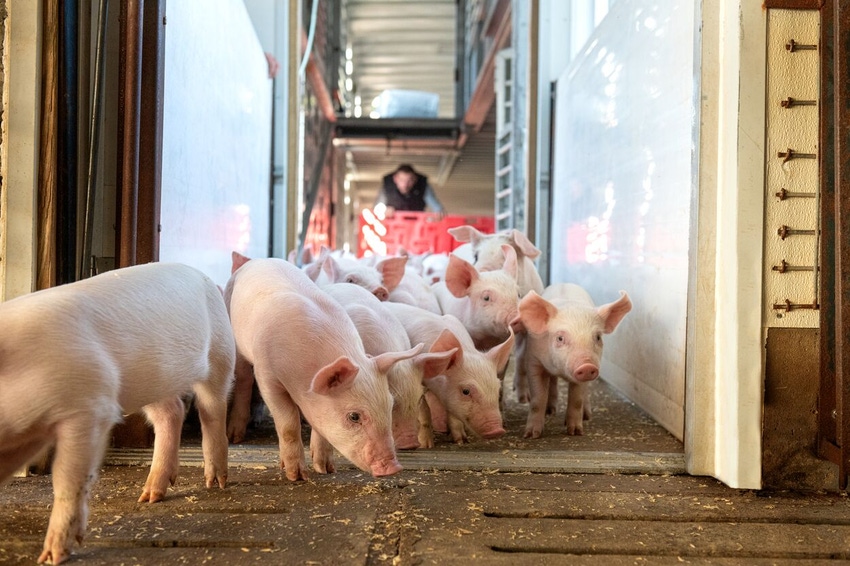North America pork market still rebalancing
Rabobank projects a 0.6% drop in North American pork production in 2024, with larger cuts in U.S. and Canadian production.

After four years of growth, animal protein production globally is expected to slow down or even decline across some species. According to Rabobank’s annual Global Animal Protein Outlook report, poultry and aquaculture will see modest growth while pork, beef and wild catch seafood are likely to contract.
“Slower production growth, given tight margins on elevated input costs, disease and weather challenges, and uncertain consumer sentiment amidst an uncertain macro-economic outlook, set the scene heading into 2024,” notes Justin Sherrard, global strategist animal protein at Rabobank.
North America pork outlook
For the North America pork sector, breeding herd contraction is expected to persist, as hog prices continue to lag escalating input costs.
“Raising costs remain historically high, and with global pork demand showing limited improvement, we expect margins to remain under pressure, despite an expected moderation in feed expenses in 2024, until supply is better aligned,” Sherrard notes.
However, productivity gains, due to herd health improvements, are expected to add to the North American pork supply in 2024 and will partially offset the expected drop in the breeding herd.
Sherrard notes this will add up to “4% to 2024 pig supplies” and put more pressure on producers to cut back. "While production costs are lowering, productivity gains may force larger cuts to the breeding herds.”
Rabobank projects a 0.6% drop in North American pork production in 2024, with larger cuts in U.S. and Canadian production and a 1.6% YOY increase in Mexico.
As for exports, Rabobank expects the United States to see a modest uptick (+3% YOY in 2024), following a strong 2023.
“Trade within North America remains critical, with Canada relying on the U.S. and Mexico for 41% of its pork exports and the U.S. shipping 42% of its supply to its North American partners. Mexico has also improved its North American trade, sending 17% of its pork exports to the U.S.,” states Sherrard.
China, Japan and South Korea remain important markets for North American pork. However, large supplies of Chinese pork are likely to limit gains in that market, while shipments to Japan and South Korea are expected to benefit from improved access (Canada and Mexico) and lower-cost pork supplies.
Global outlook
As for Europe, pork production is expected to decrease 3% YOY in the new year, a slower rate of contraction seen in the past two years. Pig supply is anticipated to remain tight, with price levels for pigs remaining well above the five-year average in 2024. However, consumer prices will need to assist in pork consumption recovery.
In Brazil, pork exports are heading for a record high in 2023, despite a 2% drop in sales volume to China for the first three quarters. For 2024, Rabobank anticipates a 2% to 4% increase in exports and 3% to 4% rise in pork production YOY.
Pork production in China will likely stay flat or decrease marginally in 2024, due to previous overexpansion, disease disruptions and weak demand. Rabobank expects imports to rebound slightly in 2024, as local demand continues to recover and inventory levels remain lower.
In Southeast Asia, African swine fever continues to challenge pork production. In Vietnam, Rabobank anticipates 2% to 3% growth in 2024 production due to improved meat yield. As for the Philippines, returning production to pre-ASF levels will remain a challenge in the new year.
About the Author(s)
You May Also Like





